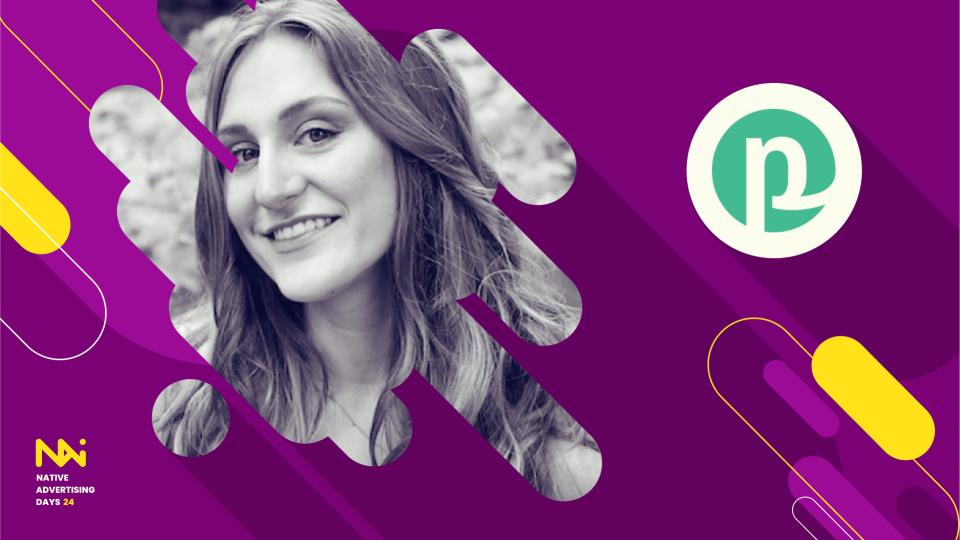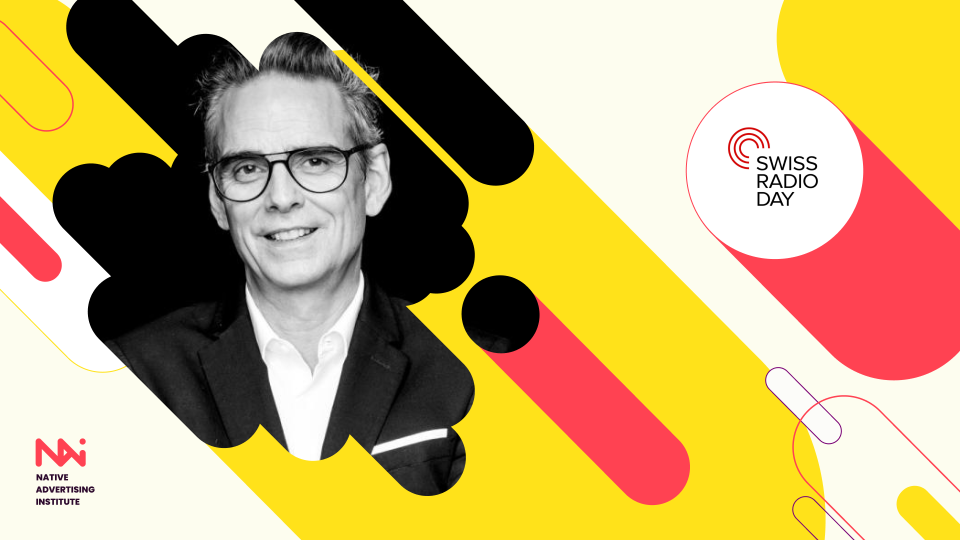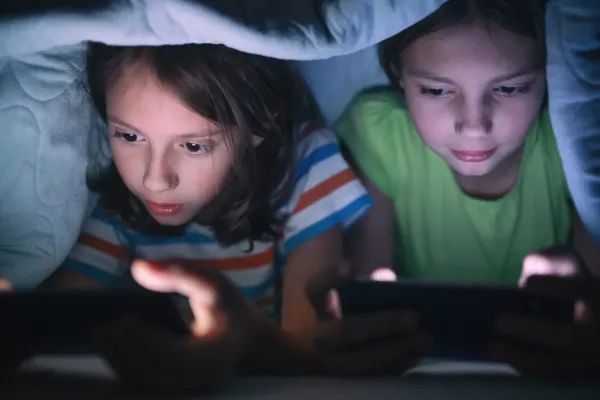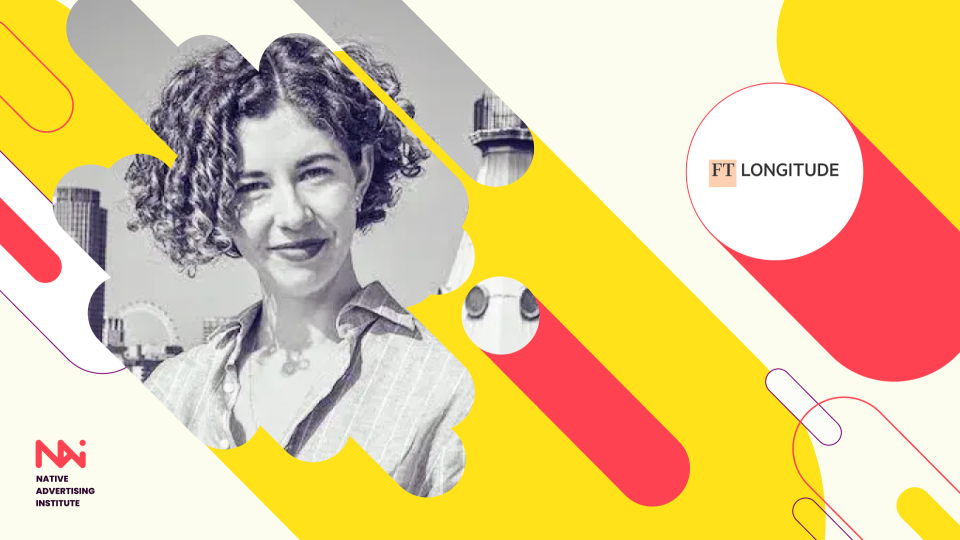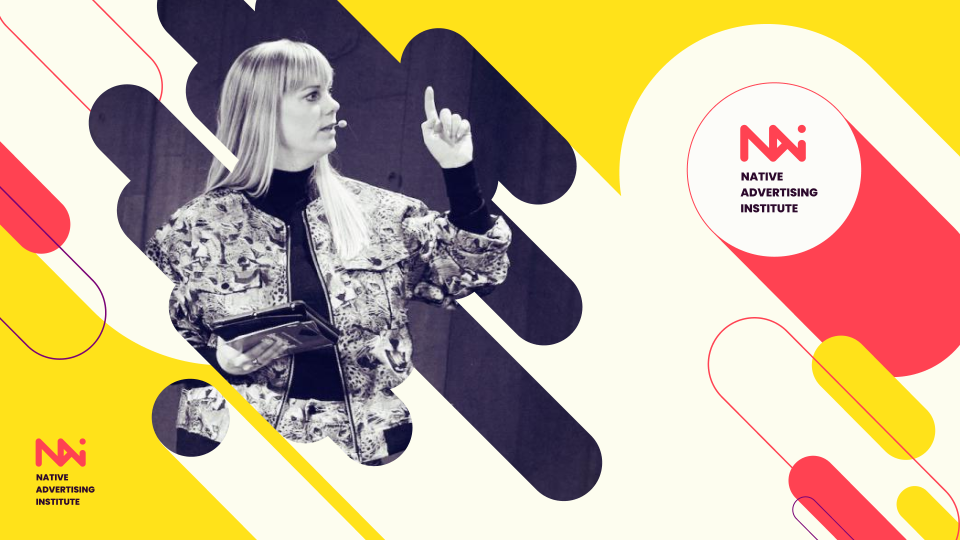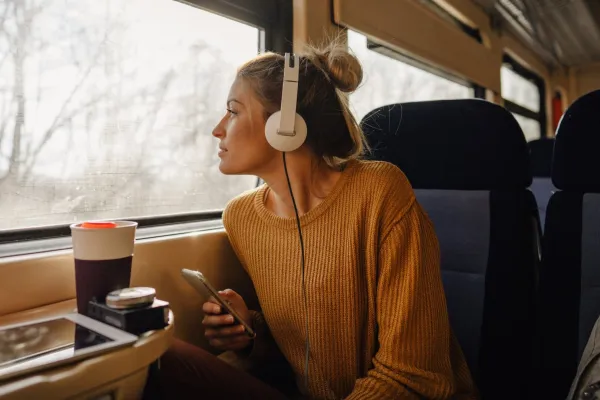
 Details
Details
As of June 2022, there were over 2.4 million podcasts with over 66 million episodes between them.
Does the world really need more? And can B2B branded podcasts possibly cut through all of that noise?
Tom Michiels would say yes on both accounts. Michiels is the Director of Content Republic at Mediafin, the Belgian media group behind De Tijd and L'Echo, the country’s biggest business newspapers.
Both outlets are distinctly multimedia, with strong editorial and commercial pillars in print, digital and audio and, more recently, podcasting.
“In the past three years, we have seen a remarkable increase of native podcast content projects,” Michiels tells the Native Advertising Institute. “Since then, podcasting has become an important part of our business.”
Different audiences, different motivations
Michiels says the results of a recent study offered up some actionable insights.
“We conducted the study together with Ipsos – a world leader in market research at the University of Antwerp – on the power of podcasts,” he says. “We investigated the profile of [a regular] podcast listener compared to a B2B podcast listener, and we looked into how native ads and ads in general are perceived when they are inserted in a podcast.”
The report revealed that listeners, especially those in the B2B audience, consider podcasts to be a highly reliable news source, even more so than TV, print and radio.
Michiels also noted that while the general public has a myriad of reasons for listening to podcasts, the B2B audience is there to “learn something” or “be informed”.
Michiels notes that there are significant differences in where people listen to podcasts.
“The general public tends to listen at home, during their leisure time. The B2B audience also listens at home, but mainly when commuting in the car, on public transport or while exercising.”
Where and when to talk about your brand
Michiels says that there are several ways to advertise during a podcast, each with varying degrees of effectiveness.
“A low-threshold way to be present in podcasts with your brand is simply through audio spots, which are played at the beginning, middle or end of a podcast,” says Michiels.
Brands can also be mentioned as a supporting partner during the introduction of the programme, resulting in what Michiels calls “a meaningful connection in a transparent way”.
Another method is having the host of the podcast directly mention the brand and its endorsement of the show. Michiels says this tends to work very well – assuming the host connects with listeners.
“One of the key elements is the host’s authenticity,” he said. “It has an effect on how people perceive the podcast, the brand and the ad itself. If the host is not authentic, people will perceive it as intrusive.”
Branded podcasts
Brands can even go all in and create their own podcast. Branded podcasts are usually published on the advertiser’s own channels and are often supported by campaigns elsewhere. On social media, for example.
"In essence, they are podcasts made with the specific DNA of the publisher's listeners in mind,” says Michiels. “They are published in the right context and leveraged in a specific ecosystem.”
Location, location, location
Like that old saw about brick-and-mortar businesses, Michiels thinks the key to success in podcast advertising is “location, location, location.”
“Where an ad or native piece is placed has a big impact on the listener's perception of the brand in question as well as the podcast itself,” he says. “According to the research results, inserts towards the end provide more positive effects.”
The Mediafin/Ipsos study tested to see if people recognized and remembered a podcast ad, how they behave towards the ad and how they feel about the brand and the ad.
“Generally speaking, we noticed a quite high percentage of people recognizing that an ad was present in the podcast, which is important to see if podcast advertising is a transparent way of doing advertising,” Michiels says.
He said that of the 68 percent that recognized that there was an ad, fully 85 percent recalled the brand as well. Michiels attributed that high percentage of brand recognition to the higher level of attention paid by podcast listeners.
"A podcast is quite an attentive, intimate experience. In contrast to radio, where people generally listen in the background, you already have the listener's attention.”
Before you start ask yourself why
Michiels says that it is important to clarify the objective of a podcast before you start making one.
“Are you making a podcast for reasons of awareness, branding, to generate leads, or for another reason? This choice will help determine which type of podcast is best suited to telling your brand story.”
Other questions include whether the format is a conversational type of podcast, a conversation with a specialist, or a more immersive listening experience.
”We always bring a mix of internal experts, key opinion leaders, entrepreneurs, and well-known external expertise,” he says “Inspirational people or key opinion leaders play an important role, both in front of and behind the microphone.
You’ve made it, now where do you put it?
Creating a successful podcast goes far beyond making the podcast itself. The right distribution strategy also plays a crucial role.
Here, native podcasts have a competitive advantage in terms of promotion. In addition to the classic podcast platforms like Spotify and Apple and many others, a native podcast has what Michiels dubbed “an enormous flywheel” at their disposal. Native podcasts benefit from the channels and reach of the brand in addition to the complete online and offline ecosystem of the involved publisher.
“Since a large proportion of our readers remain loyal to our newspapers, we ensure that there are also various contact points with our native podcasts in print. We use QR codes or Spotify codes to help the reader discover the podcast.”
Michiels stresses, however, that a successful native podcast is not only about the number of ears it reaches.
“The number of listeners to a podcast is only the tip of the iceberg - the number of readers you reach with your message is many times greater,” he says. “Here, it is important as a publisher to remain faithful to your audience, and as a sponsor to remain true to your own customers. The key is to find a harmonious synergy that creates a win-win-win: for the sponsor, the publisher, and especially the listener.”
